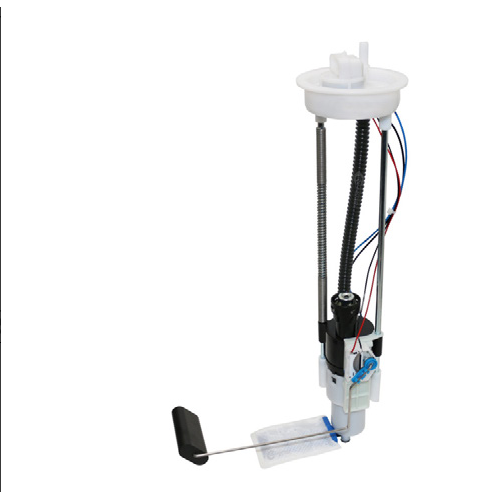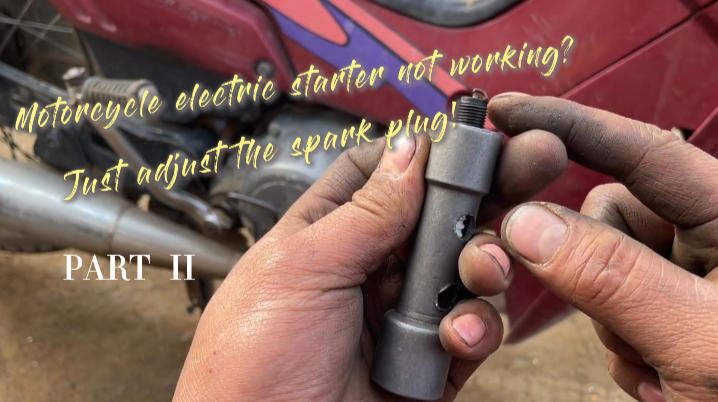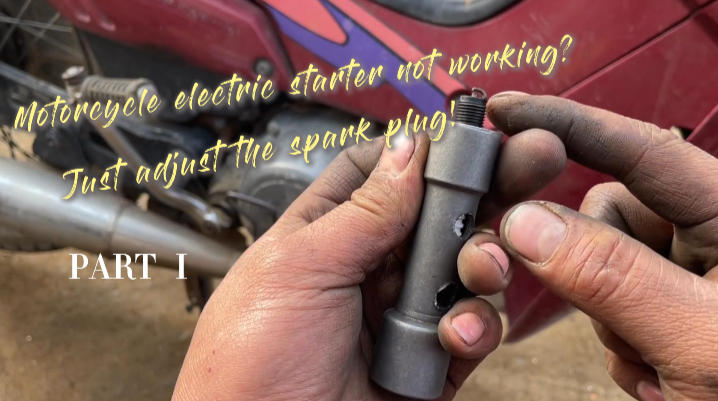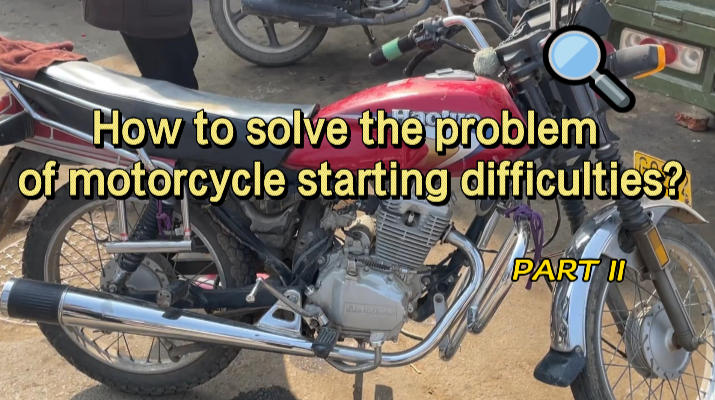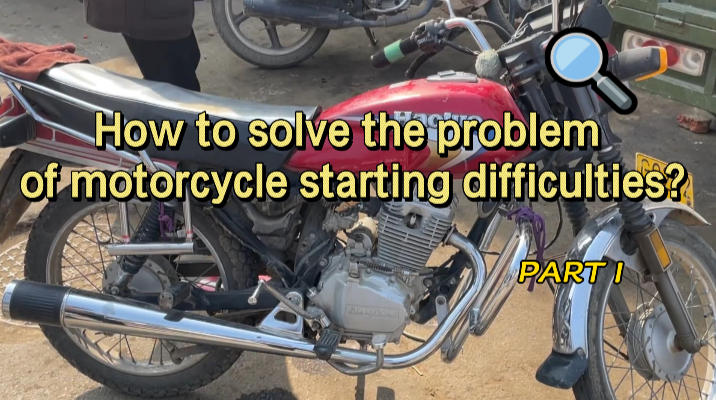Starter Motor 101: Your Engine's Kick-Starter
-
13
-
2025-07-01 14:19:55
Think of your car's starter motor as its wake-up call. It's a small electric motor attached to the engine, and its main job is to get the engine cranking so it can run on its own. When you turn the key or hit start, the battery sends a jolt of power to the starter, which pushes a little gear into the engine’s flywheel and spins everything fast enough to pull in fuel and air. Without this little boost, your engine would just sit there quietly – and you wouldn’t be going anywhere.
In simple terms, the starter motor gives the engine its first push. It gets the engine rotating when you engage the ignition, helping those pistons start firing fuel. Once the engine kicks on and takes over, the starter's job is done – its gear pulls back so it’s not spinning constantly.
**How It Works: Step by Step**
1. **Ignition Switch** – Turning the key sends power to the starter’s solenoid, kind of like an electric relay.
2. **Engaging the Gear** – The solenoid pushes the starter’s small gear out to connect with the engine’s flywheel.
3. **Cranking the Engine** – The starter motor spins, quickly turning the flywheel and crankshaft, bringing in air and fuel for combustion.
4. **Engine Starts & Starter Disengages** – Once the engine starts and runs on its own, it spins faster than the starter. A one-way clutch allows the starter’s gear to slip out of engagement, and it shuts off automatically.
All of this happens in just a couple of seconds. In no time after you turn the key, the starter has done its thing, and your engine is roaring to life. That clicking sound you might hear is the starter in action.
**Friendly Analogies**
- **Built-In Jump Start**: Think of it like a built-in jump start. Your battery and starter work together, no cables needed.
- **First Push for Your Engine**: Imagine pushing a swing or a bicycle to get it moving. The starter motor is that strong friend giving the initial shove.
- **Engine's Alarm Clock**: If your engine is a sleepy bear, the starter motor is its alarm clock, giving it a noisy nudge before stepping back.
These comparisons all point to one thing: the starter gets your car moving. It’s the spin that gets the engine fired up – no manual cranking or pushing required!
**Why It Matters**
The starter motor is a quiet hero. It usually works well, but if it ever fails, your car won't start at all. That's why mechanics check it when things don’t turn over (you might just hear some clicking or nothing). Since it only runs for a few seconds at a time, it usually lasts the whole life of your car.
So, next time you start your car, think about that little motor on the engine. It’s doing its part to get you on the road – the starter motor is your engine’s kick-start buddy.
-
Oil Pump JR-B18-1 16700-K20-903 For Z00MER
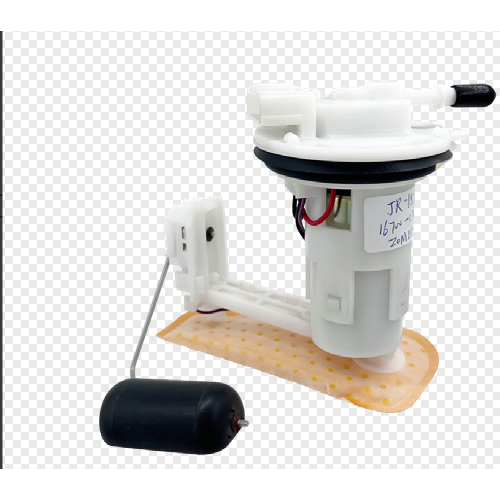
-
Oil Pump JR-B18 16700-KVG-41 For AIR BLADE
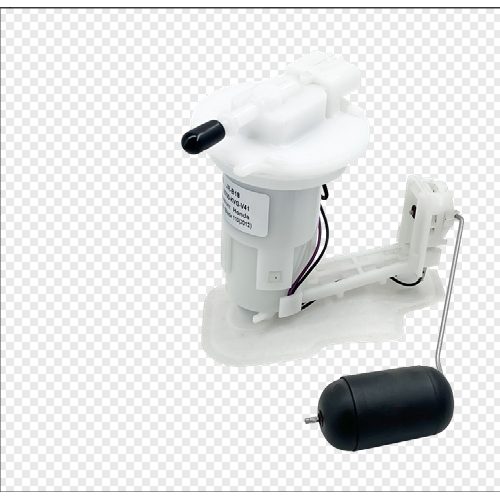
-
Oil Pump JR-B113 16700-HR3-A21 For Fou rTrax Rancher
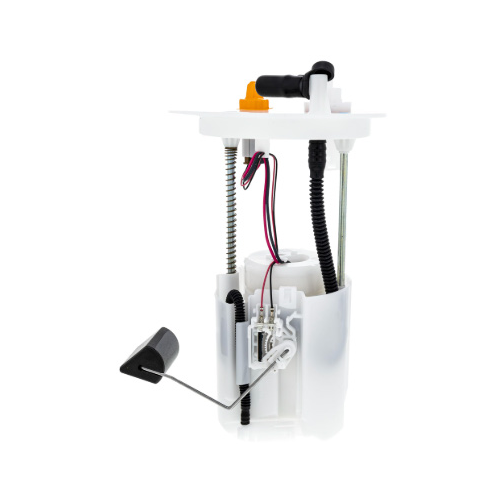
-
Oil Pump JR-B112-1 275500734 For GT1 130/155 2011-2012
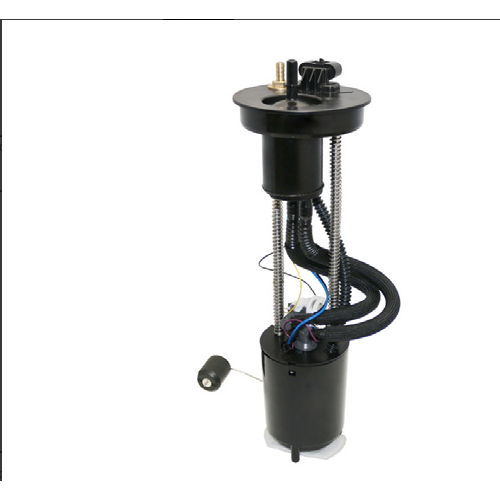
-
Oil Pump JR-B112 47-1027 For MAVERICKX
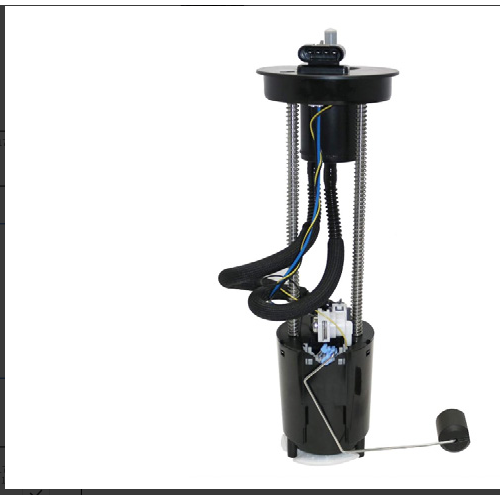
-
Oil Pump JR-B110 47-1050 For OUTLANDER
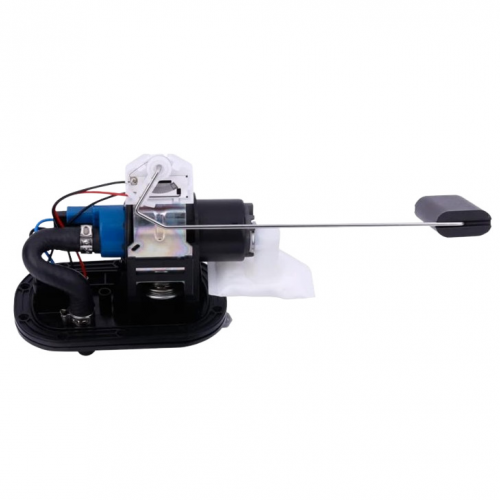
-
Oil Pump JR-B109 709000758 For OUTLANDER
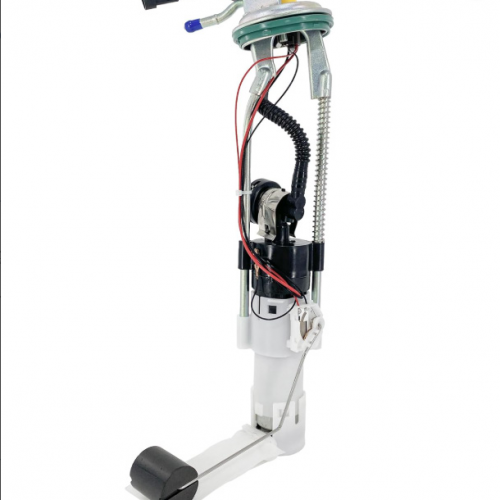
-
Oil Pump JR-B108-1 2204308 For SPORTSMAN
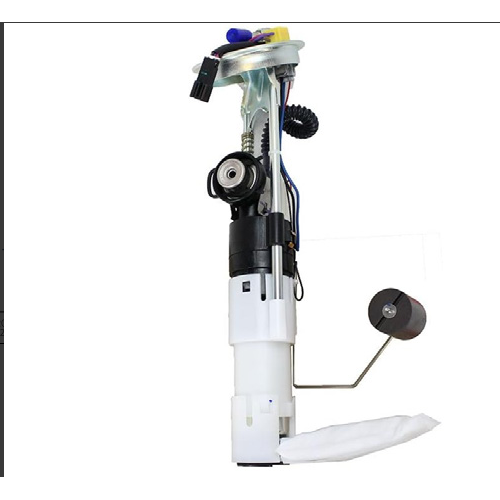
-
Oil Pump JR-B108 47-1014 For SPORTSMAN
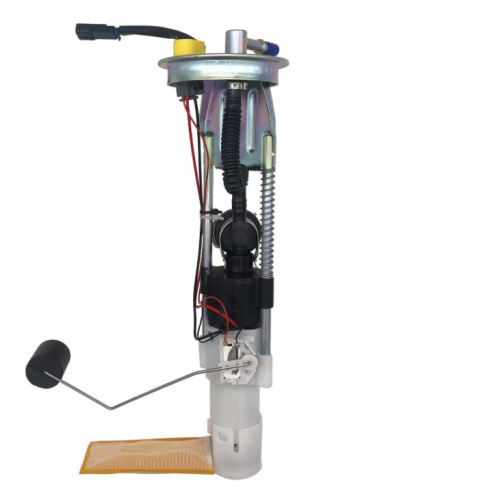
-
Oil Pump JR-B98-1 47-1012 For RANGER
